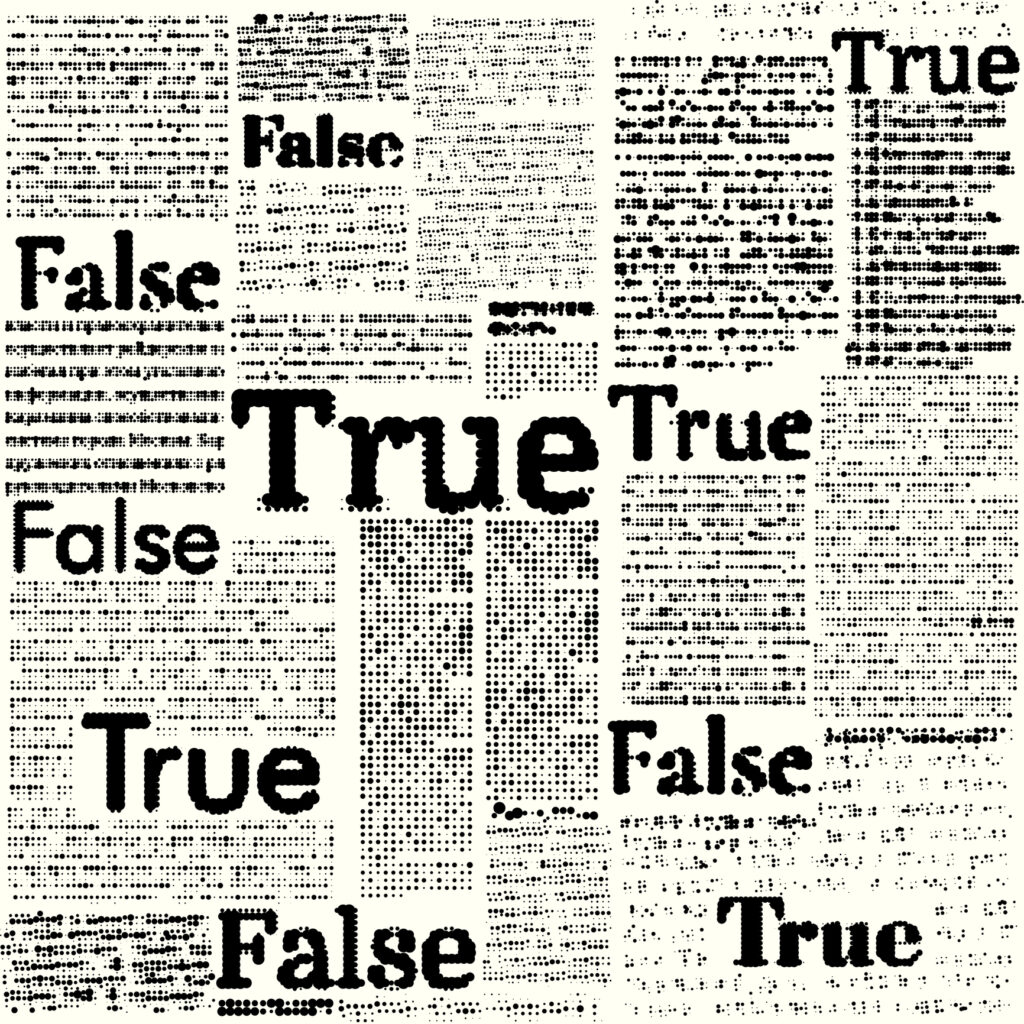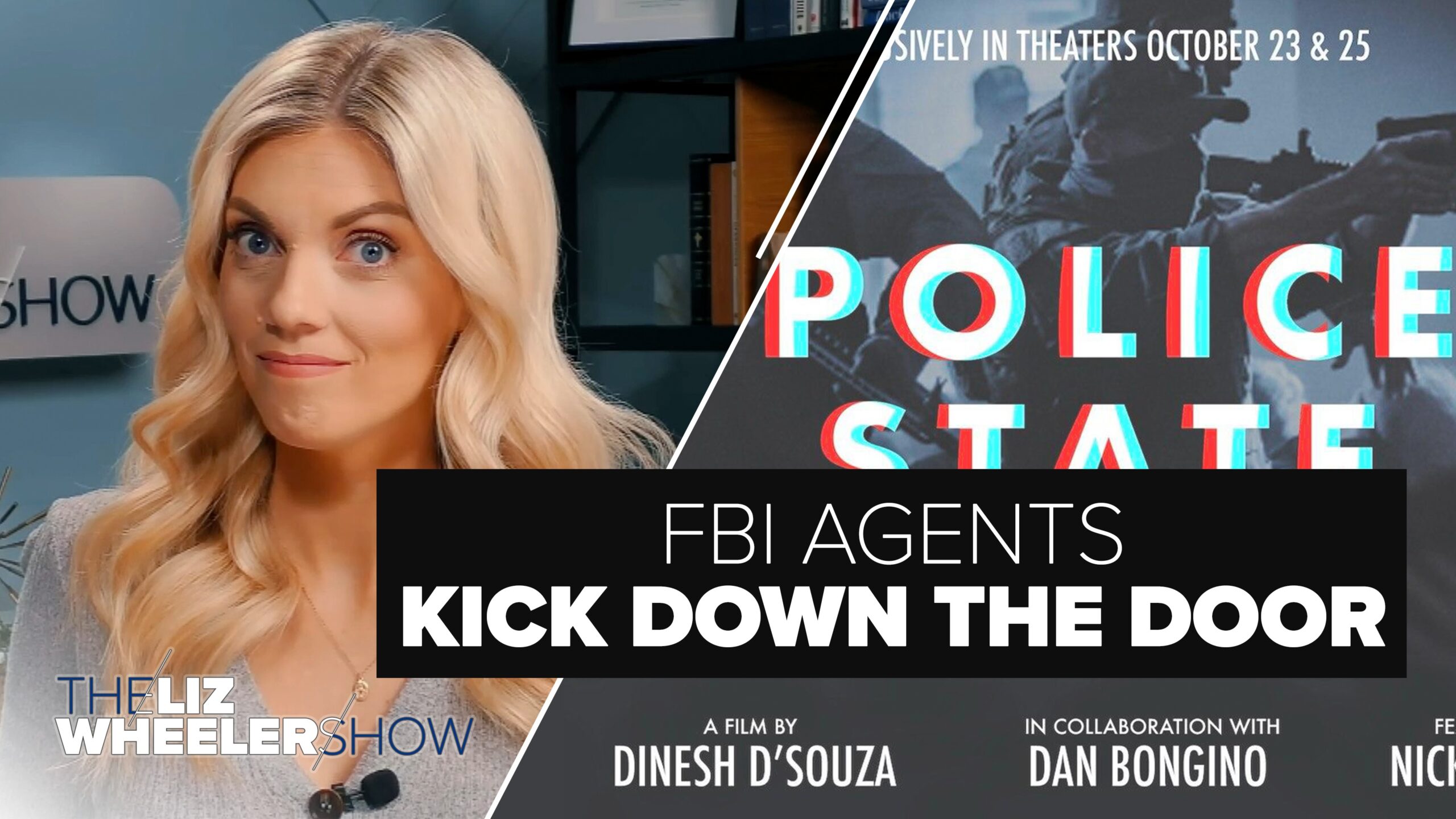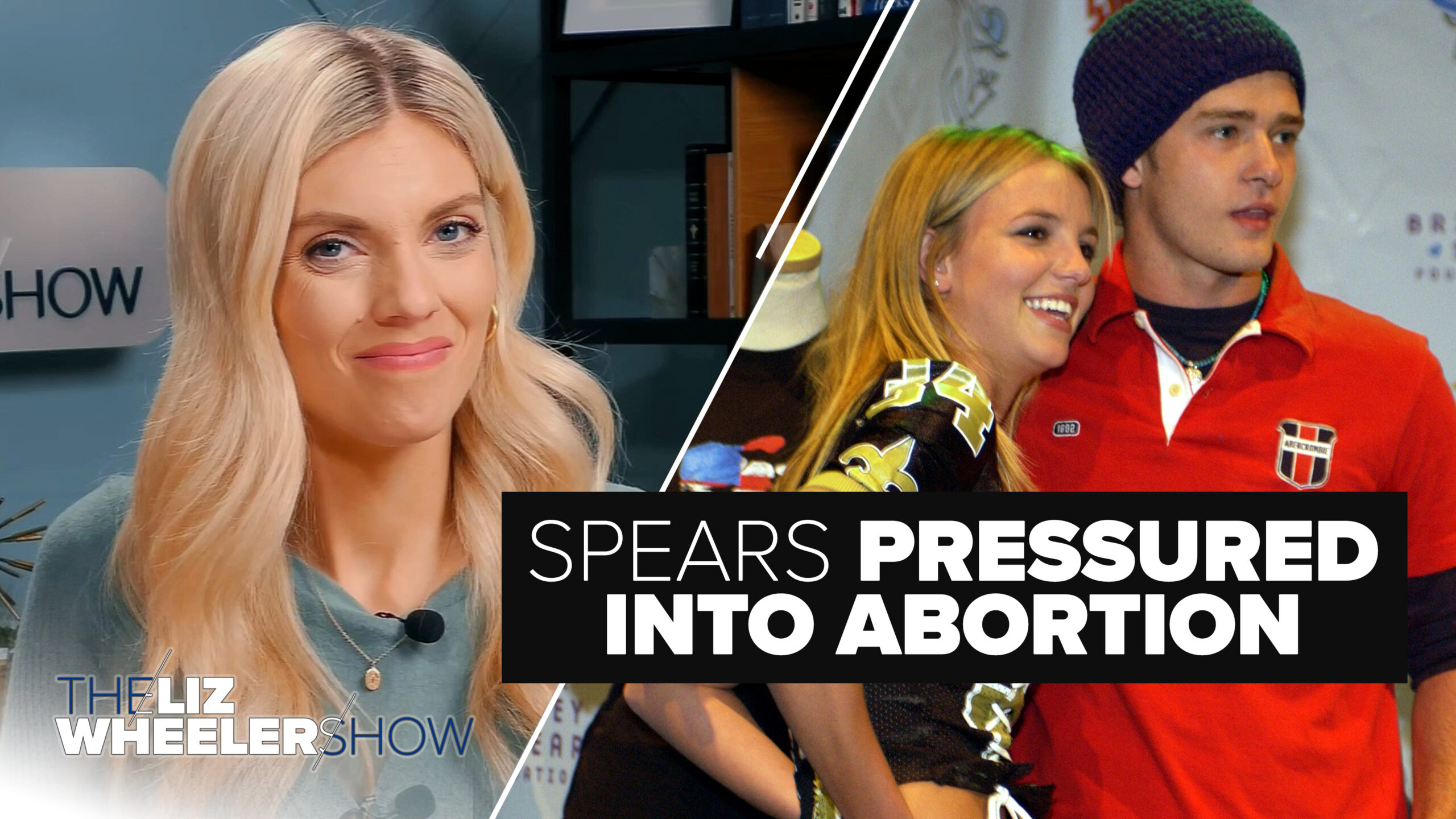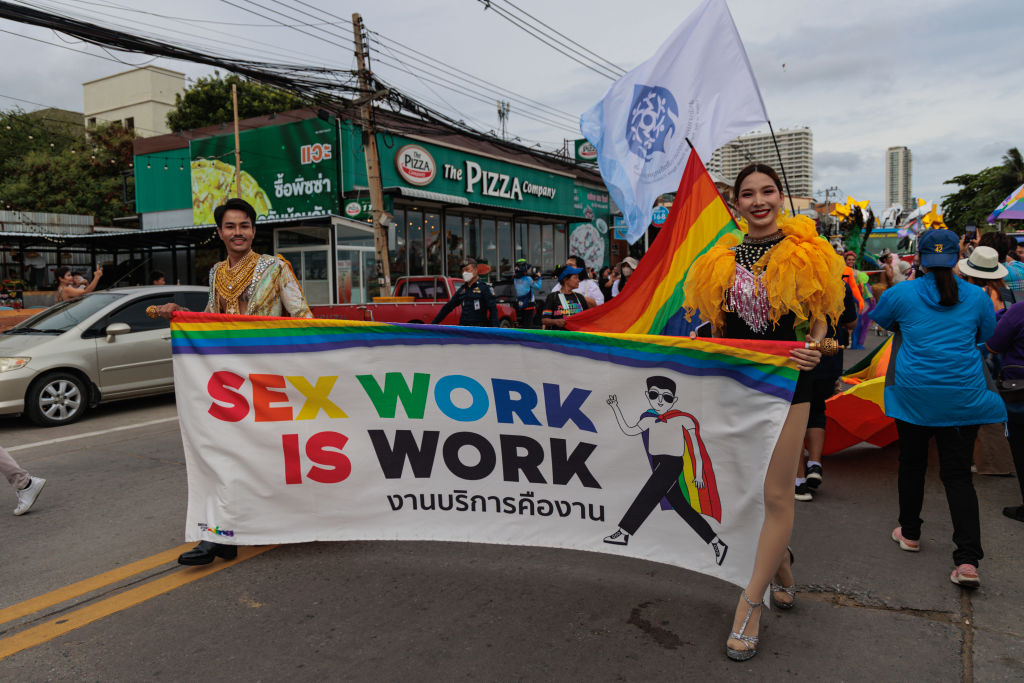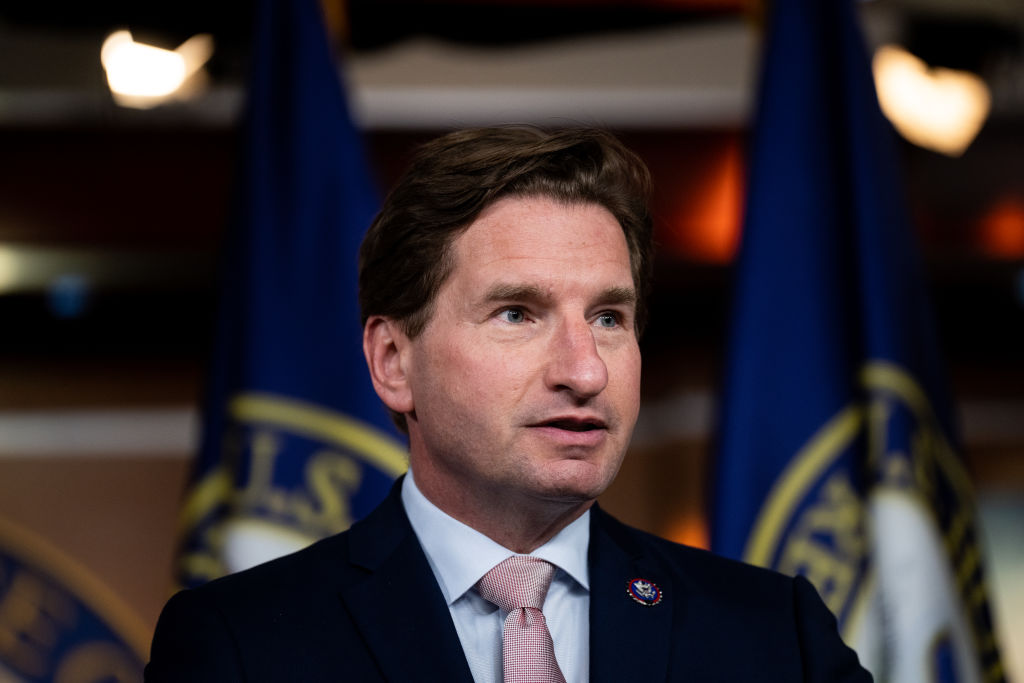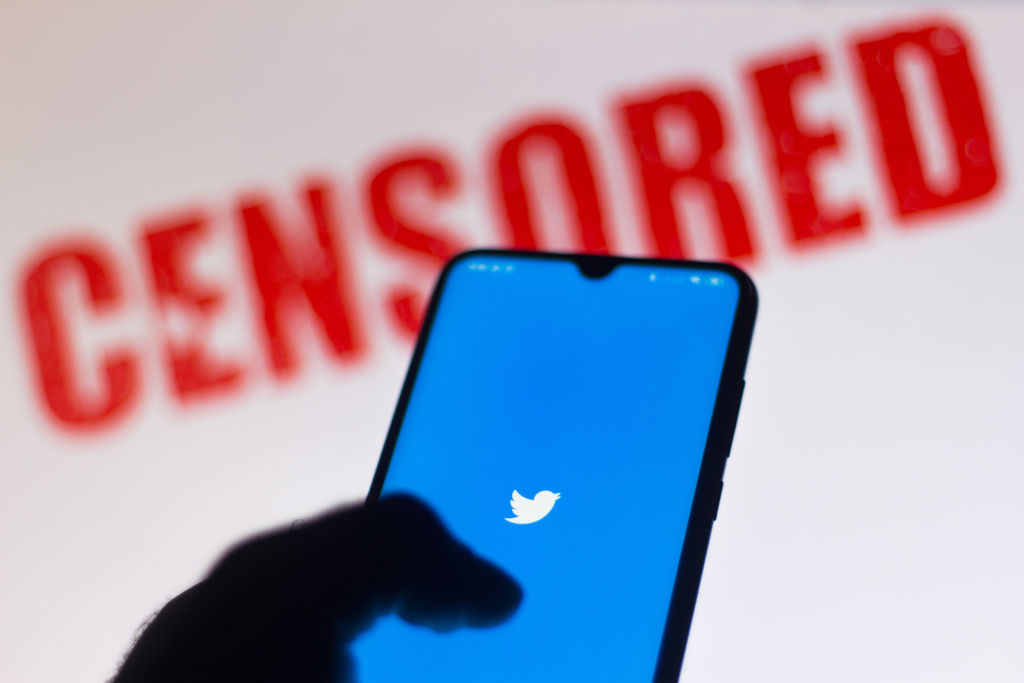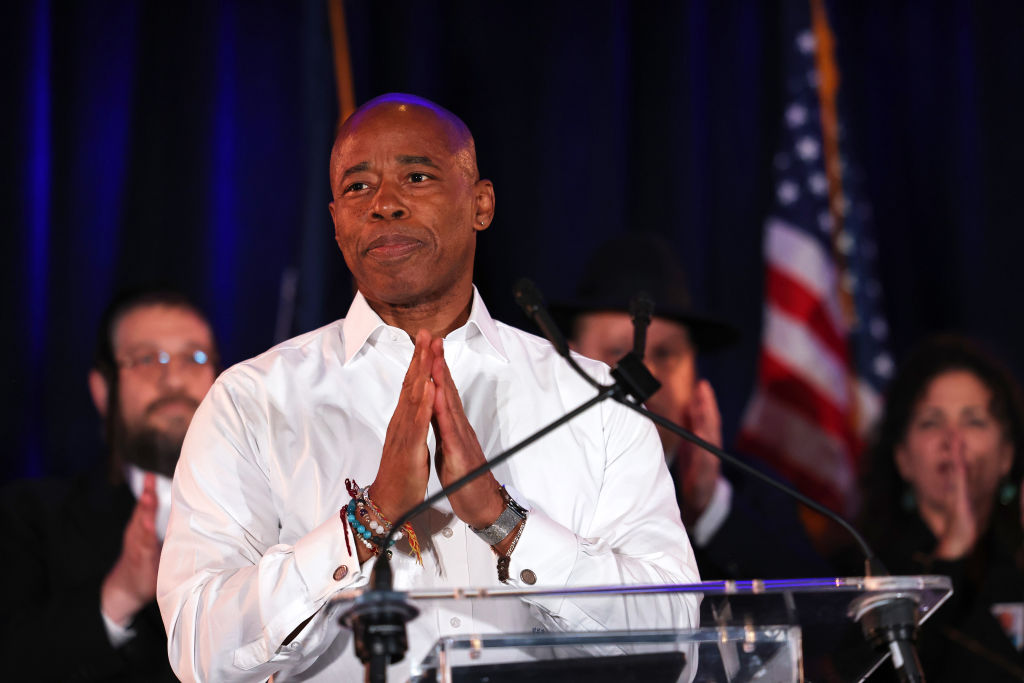As has been the case with many other entities within the public-private censorship complex, the CDC repeatedly exaggerated the scientific evidence supporting face mask mandates during the COVID-19 pandemic, often aided by social media platforms such as Facebook; anyone who dissented from the prevailing ideology was deemed guilty of “malinformation.”
Malinformation, unlike disinformation or misinformation, is true but inconvenient. As investigative journalist Matt Taibbi highlighted, malinformation can include government official emails that undermine their credibility or “true content which might promote vaccine hesitancy.” This category also covers accurate reports of breakthrough infections, true vaccine side effects, objections to vaccine mandates, criticism of politicians, and peer-reviewed research on naturally acquired immunity.
The concept of malinformation is troubling as it’s not defined by inaccuracy, but by its perceived threat to public health, democracy, or national security. It often amounts to questioning the wisdom, honesty, or authority of experts.
“Malinformation is even more clearly in the eye of the beholder since it is defined not by its alleged inaccuracy but by its perceived threat to public health, democracy or national security.That often amounts to nothing more than questioning the wisdom, honesty or authority of those experts.”
Taibbi’s revelations focused on the Virality Project, launched in 2020 by the taxpayer-subsidized Stanford Internet Observatory (SIO).
Although SIO’s research manager, Renee DiResta, concedes that “misinformation is ultimately speech,” she insists on the need for social media platforms, independent researchers, and the government to work together as partners in fighting it. This collaboration raises obvious free speech concerns.
If platforms like Twitter and Facebook independently made these assessments, their editorial discretion would be protected by the First Amendment. However, the situation changes when government officials chastise social media companies for not suppressing speech they view as dangerous. This meddling, including specific “requests” to remove content or banish users, is alarming.
Even without explicit extortion, these requests are tantamount to commands due to the backdrop of threats to punish uncooperative platforms. Threats include antitrust action, increased liability for user-posted content, and other legal and regulatory measures. Surgeon General Vivek Murthy said such measures might be necessary to combat the “urgent threat” posed by “health misinformation.”
In a federal lawsuit filed last year, the attorneys general of Missouri and Louisiana, joined by scientists who ran afoul of the crusade against disinformation, misinformation, and malinformation, argued that this pressure violates the First Amendment. This week, a federal judge in Louisiana allowed the lawsuit to proceed, stating that the plaintiffs had adequately alleged significant encouragement and coercion that converts private conduct of censorship on social media platforms into state action.
Congress can take steps to discourage censorship by proxy. Journalist Michael Shellenberger argues that it should stop funding groups like the SIO and mandate instant reporting of all communications between government officials and contractors with social media executives relating to content moderation.
The interference Shellenberger describes should not be a partisan issue. It should trouble anyone who prefers open inquiry and debate to covert government manipulation of online speech.






